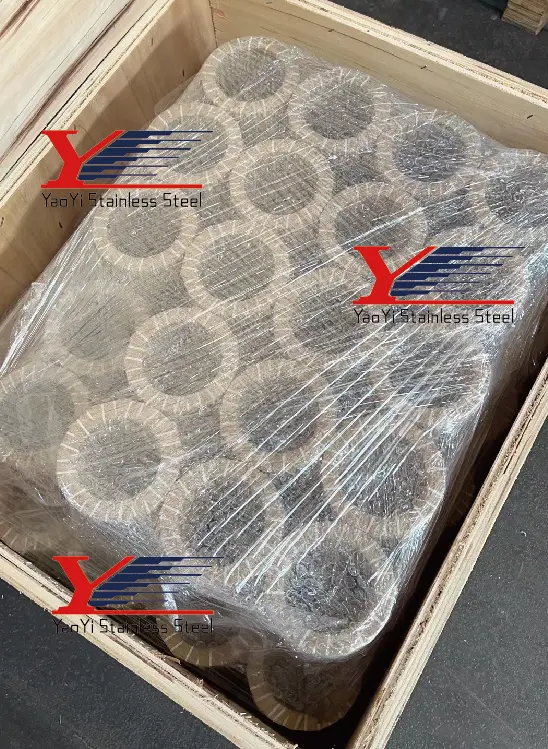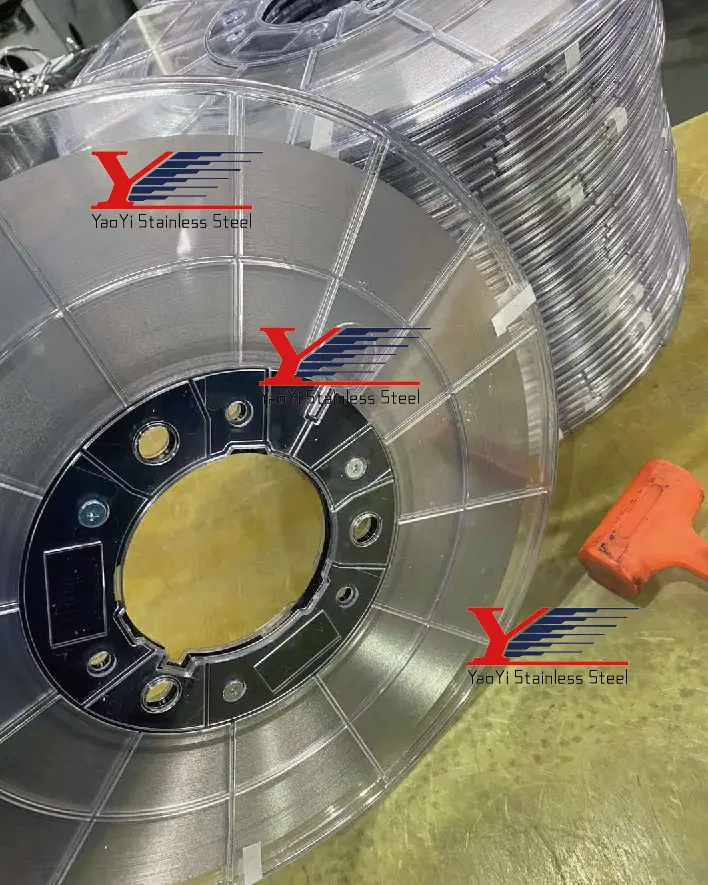
When transporting 304 stainless steel foil, proper packaging is crucial to protect the delicate material from damage, moisture, and external pressures. By using a combination of moisture-resistant wrapping, reinforced crepe paper, cushioning materials, and secure wooden crates, manufacturers ensure the foil arrives at its destination in pristine condition. This multi-layered approach minimizes the risk of scratches, corrosion, and bending during transit.
Packaging 304 stainless steel foil requires careful attention to prevent surface damage, corrosion, and bending during transportation. A combination of moisture-resistant wrapping, cushioning materials, reinforced crepe paper, and secure crating is often used. Additionally, stretch film provides an added layer of protection, ensuring the foil remains intact throughout transit.
To prevent moisture-related corrosion, 304 stainless steel foil is first wrapped with a moisture-resistant material such as plastic film or moisture-proof paper. This step is crucial to maintain the integrity of the foil, particularly in environments where humidity could cause rust or oxidation.

To avoid scratches or surface cuts during delivery, 304 stainless steel foil is commonly wrapped in reinforced crepe paper. This material, interwoven with threads, offers a strong barrier against sharp objects and handling errors. The crepe paper also provides a cushioning effect, helping protect the foil from light impacts and surface deformation.
In addition to using foam and other cushioning materials, stretch film is often wrapped around the 304 stainless steel foil. The stretch film tightly secures the foil, helping to prevent any movement within the packaging during transportation. This layer also acts as a dust and moisture barrier, further enhancing the protection of the foil.

To protect the 304 stainless steel foil from impacts, foam or other soft padding materials are placed around the wrapped foil. This cushioning absorbs shocks and vibrations, reducing the likelihood of physical damage such as dents or bends.
For maximum protection, 304 stainless steel foil is placed in distilled wooden crates. These crates are treated to remove excess moisture and ensure that the foil remains free from corrosion. The sturdy exterior of the crate shields the foil from heavy handling, stacking, or pressure during transit, maintaining its pristine condition.
These packaging methods, including the use of reinforced crepe paper, cushioning, stretch film, and distilled wooden crates, ensure that 304 stainless steel foil is delivered safely and in perfect condition.